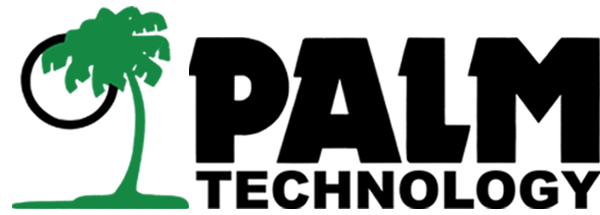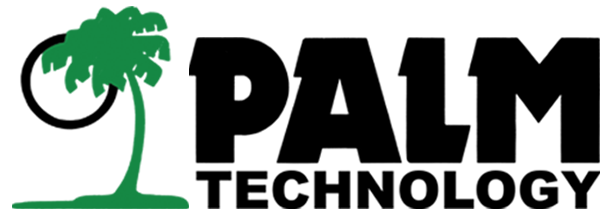Type I Chromic Acid Anodizing
Overview of Type I Chromic Acid Anodizing
Type I Chromic Acid Anodizing is a controlled electrolytic oxidation process used primarily on aluminum and aluminum alloys to produce a thin, corrosion-resistant oxide layer. Unlike sulfuric or hardcoat anodizing, Type I uses a chromic acid-based electrolyte and operates at lower voltages, resulting in a thinner, more flexible coating that maintains tight dimensional tolerances. This process is commonly used in the aerospace, defense, and electronics industries where fatigue strength, conductivity, and adhesion properties are critical.
Key Benefits of Type I Anodizing:
- Excellent corrosion resistance with minimal dimensional change
- Good adhesion base for primers, paints, and sealants
- Retains aluminum’s fatigue strength better than thicker oxide coatings
- Uniform coverage, even in recessed areas or complex geometries
- Compliant with aerospace specifications such as MIL-A-8625 Type I
Chromic Acid Anodizing Process
Type I anodizing is performed using a dilute chromic acid electrolyte, typically at concentrations of 3–10% and temperatures around 100°F (38°C). The process forms an oxide layer approximately 0.00002" to 0.0001" thick, with about half of the layer penetrating into the base metal.
1. Cleaning and Deoxidizing
The aluminum part is cleaned and deoxidized to remove oils, oxides, and surface contaminants. Proper preparation ensures uniform oxide growth.
2. Anodizing
The part is connected as the anode in a chromic acid bath, with DC current applied to initiate oxide formation. Voltage is gradually increased, typically up to 40–100 volts, depending on part geometry and alloy.
3. Rinsing and Sealing
After anodizing, the part is thoroughly rinsed and then sealed in hot deionized water or sodium dichromate to close the porous oxide layer and enhance corrosion resistance.
The resulting coating is thin, durable, and slightly gray in color. It can serve as a stand-alone corrosion barrier or as a base for organic coatings.
Substrates for Type I Anodizing
Type I chromic acid anodizing is best suited for:
- Aluminum and aluminum alloys: Including 2000, 5000, 6000, and 7000 series alloys
- Precision-machined components: Where minimal dimensional change is critical
- Bonded structures: Aerospace skins, airframes, and honeycomb panels requiring strong adhesion
Applications of Type I Chromic Acid Anodizing
- Aerospace: Aircraft fuselage skins, access panels, fasteners, and bonding surfaces
- Military: Lightweight structural components, UAV frames, and control surfaces
- Electronics: Housings, connectors, and parts requiring electrical continuity
- Medical and Optical Devices: Precision parts where coatings must not alter tolerances
- Defense Manufacturing: Missiles, ordinance components, and guidance systems
Environmental and Regulatory Considerations
Traditional chromic acid anodizing involves the use of hexavalent chromium, which is tightly regulated due to environmental and health risks. Many facilities are adopting closed-loop systems, fume scrubbers, and seeking REACH-compliant trivalent alternatives for future-proofing while still meeting legacy specifications.
Conclusion
Type I chromic acid anodizing remains a trusted surface treatment for aerospace and defense applications that demand minimal dimensional change, reliable corrosion resistance, and strong adhesive properties. Despite regulatory pressures, it continues to play a vital role where performance and precision are paramount.
The information provided above is for general informational purposes only. Palm Technology makes no representations or warranties of any kind, express or implied, about the completeness, accuracy, reliability, or suitability of the information for any purpose. Any reliance you place on such information is strictly at your own risk. Palm Technology disclaims all liability for any loss or damage arising from the use of or reliance on this information.

